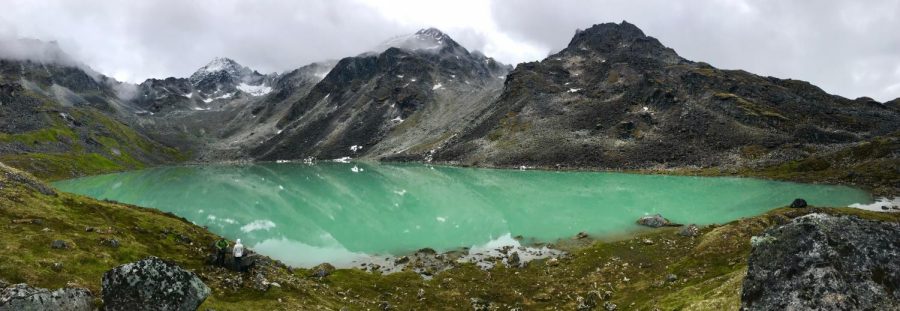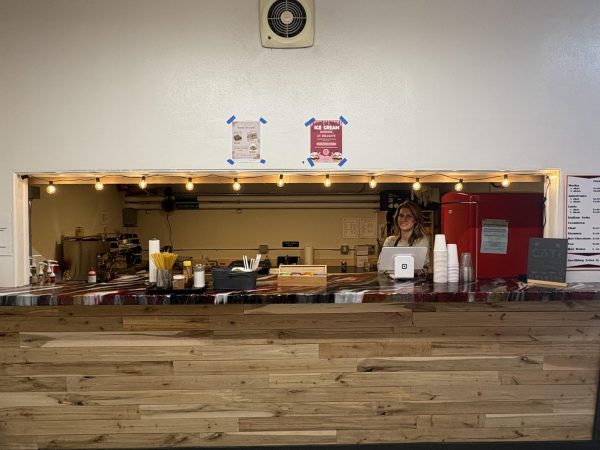Willow Project Sets Back Climate Action
Traveling to Alaska has been on my bucket list for many years. Like the beauty of Glacier National Park, I imagine towering mountains and pristine glacial lakes. However, like Glacier National Park, the delicate ecosystem of Alaska is under threat.
ConocoPhillips is planning to drill for oil in the National Petroleum Reserve of Alaska, which is located on the state’s North Slope. Commonly referred to as the Willow Project, 250 oil wells are planned as part of the initial concept, which also calls for up to five drill pads. Associated infrastructure for the project would also include access through infield roads and airstrips, as well as pipelines, a gravel mine, and a temporary island. These features would allow for module delivery via sealift barges across permafrost and between waterways controlled by the state of Alaska.
It seems to me that decision makers are underestimating the negative impact this project will have, not only on Alaska but the greater climate crisis.
West of Alpine, Alaska, oil was discovered in the Willow prospect area in 2016. In its Record of Decision, the Bureau of Land Management (BLM) approved ConocoPhillips’ Willow development project in October 2020. The BLM released its final supplemental environmental impact statement in February 2023 following a legal challenge in 2021.
Alaskan lawmakers from both sides, as well as the Arctic Slope Regional Corporation, have supported the Willow project. On March 13, 2023, the Biden administration approved the project. Prompting the environmental organization Earthjustice to immediately file a lawsuit on behalf of environmental organizations to halt the Willow Project. The lawsuit claims that President Joe Biden’s pledge to cut greenhouse gas emissions in half by 2030, and transition the US to clean energy, has been broken by the approval of a new carbon pollution source.
“I don’t know very much about it, just that it’s really detrimental to the environment and has the likelihood of killing off some amazing species,” said Hellgate sophomore Hailey McNelly.
The project will likely have a negative impact on Native American communities as well. The project would produce up to 600 million barrels of oil and 287 million tons of carbon emissions during a 30-year period. According to an earlier government estimate, the Willow project would harm the intricate local tundra environment and produce as much greenhouse gas yearly as half a million households.
Supporters claim that a new oil source from Alaska will provide a steady domestic energy supply to the U.S.. They argue this is crucial for reducing the U.S. and its allies’ reliance on oil suppliers who frequently operate under autocratic regimes and lax environmental regulations. Although I agree with our need to cut strings with such governments, the bigger goal must remain reducing greenhouse gas emissions. Access to this oil field may actually extend our nation’s reliance on fossil fuels.
Other Hellgate students have also expressed their concerns. “If we want any hope to fight against pollution and climate change, we need to find a way to stop The Willow Project,” said junior Kaycee Metully “The only good that will come from this will be in favor of big oil companies, and the already rich politicians that support it. If we are somehow able to show the detrimental effects of this project to those in power, it may change the fate of future generations.”
In Alaska, where state officials and many Alaska natives say they need a lift to a sagging economy, the Willow Project is expected to generate billions of dollars in economic activity and tax income. However, just as many residents are less excited about the oil cash and more worried that the project could destroy important local animal species. There could be a decline in air quality in the area, as well as spills, leaks, and blowouts that can occur with significant oil production.
Furthermore, there is currently no assurance that proper technology will exist to reduce negative impacts on the climate. I would like to see Alaska boost their economy through the creation of green jobs, not further exploitation of the land at the expense of the climate. This is the only path towards long lasting change.
When I finally travel to Alaska I hope to find, in addition to the beauty of the state, the promise of a preserved future.

Hi! I'm Sophia and I am a senior at Hellgate. This is my first year with the Lance and I am excited to share some stories this year. I enjoy running cross...





